A treasure trove of experiences often remains tucked away due to the unfortunate absence of official localization. The Game Boy Advance (GBA), a handheld console renowned for its diverse library, harbors numerous remarkable titles that have yet to see an official English release. The language barrier has confined these gems to their original markets, leaving English-speaking enthusiasts yearning for a taste of the adventures that lie beyond the linguistic divide. Fortunately, some passionate gamers translated all of these Japan-only GBA games, below are seven of the best Game Boy Advance games with English translation.
Best game boy advance games with translation
7. Crayon Shin-Chan: Arashi o Yobu Cinema-Land no Daibouken!
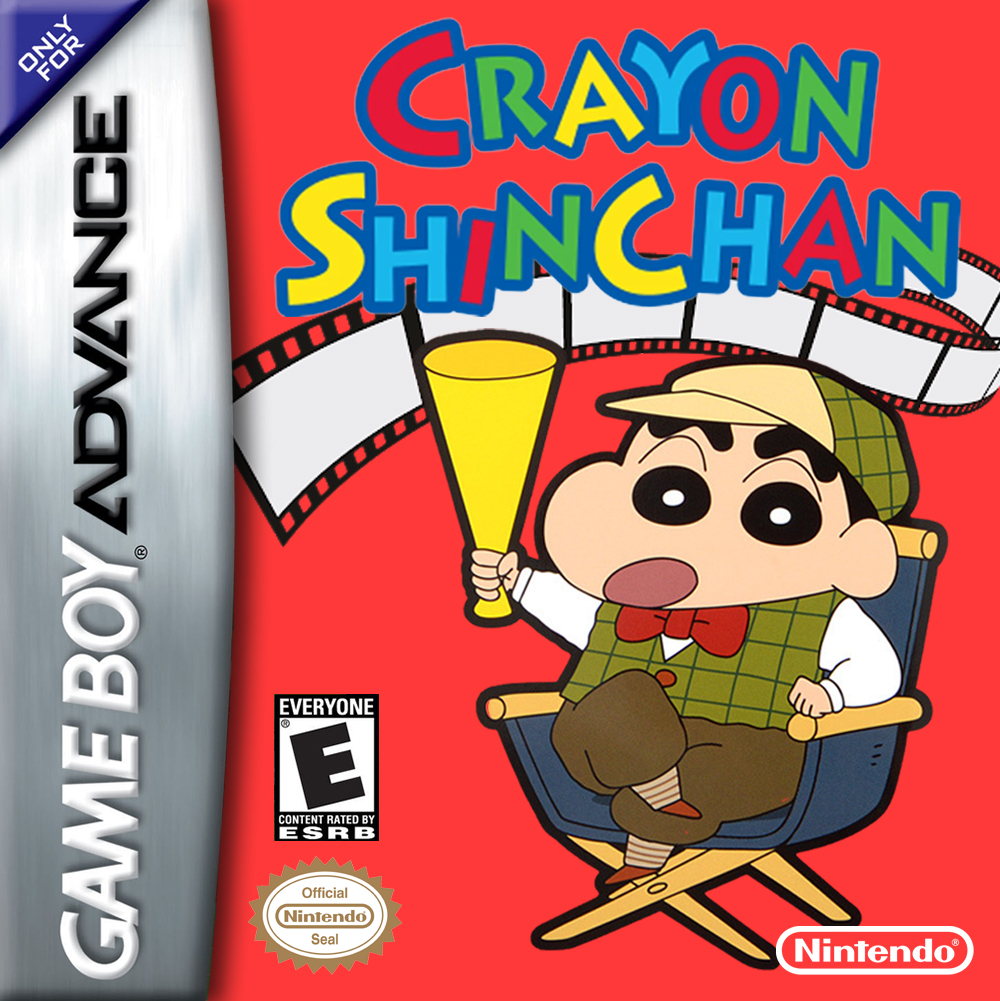
Crayon Shin-chan is a manga and anime series created by Yoshito Usui. The narrative revolves around the misadventures of a five-year-old boy, along with his parents. The series is known for its humor derived from the boy’s unconventional language usage and behavior, often resulting in comedic situations. However, a significant portion of the humor is culturally specific and might not resonate with non-Japanese audiences, but Otakus might be attuned to this.
Crayon Shin-Chan: Arashi o Yobu Cinema-Land no Daibouken! transports Shin-chan and his family to Cinema Land, a parallel dimension where the fictional character Action Kamen becomes a reality. In this alternate realm, they team up with Action Kamen to thwart the villainous Haigure Mao.
The game boasts a series of distinct levels, each encompassing a unique plot akin to a different movie, casting Shin-Chan as the protagonist of these tales. These levels have an approximate duration of 20 minutes each, catering to a younger audience with relative ease. While the game targets children, the adjustable difficulty setting at the game’s outset permits tweaking the challenge, although it’s important to note that the game won’t pose excessive demands. Players can replay levels as often as they wish, a feature proving valuable for collecting all the collectible cards which, once accumulated, unlock frames from the various movies.
Should players find themselves in difficult situations, assistance from the Nohara family can be enlisted. Shin-Chan’s father, for instance, can catapult the young protagonist through the air, enabling him to access elevated locations. Other members of the Nohara family also contribute their unique abilities to accompany Shin-Chan on his journey. Even the family dog plays a part, unearthing hidden treasures through its digging ability. As progress is made across the diverse movie-themed levels, new capabilities for family members are unlocked, and various costumes for Shin-Chan become accessible. These costumes range from a frog outfit to the role of Ultra-Hero’s helper, each providing distinct abilities that facilitate level advancement, uncovering concealed areas, or simply accelerating completion.
The Crayon Shin-chan games released for the Game Boy Advance and Nintendo DS, while short in length are among the standout licensed platformers for these handheld consoles. They skillfully capture the eccentricity of the series. This installment impressively adapts each of the 12 movies existing at that time.
6. Rhythm Tengoku
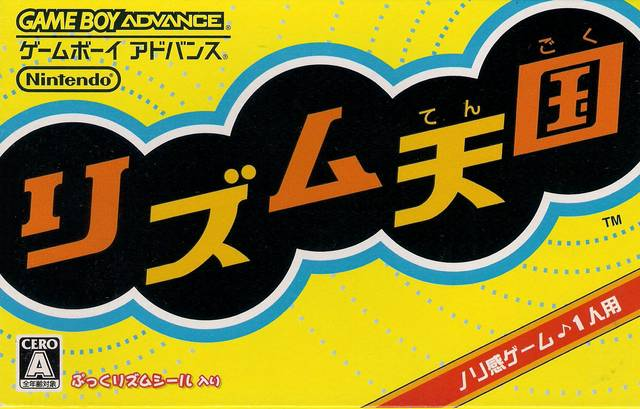
Rhythm Tengoku offers a distinctive and enjoyable rhythm gaming experience on the GBA. The gameplay revolves around completing levels synced to music, requiring players to maintain the rhythm for success. Rhythm Tengoku doesn’t provide explicit visual cues for hitting notes, unlike traditional rhythm games. However, this unique approach becomes intuitive with a good sense of rhythm, making the game engaging and entertaining.
The gameplay features a variety of stages, each presenting a different challenge set to music. For instance, one stage involves hitting buttons to juggle a volleyball among characters in rhythm with the music. The game includes six songs per set, culminating in a remix of the previous tracks. Completing a set unlocks the next one, and achieving a perfect run grants a medal.
The graphics exhibit a visually appealing style reminiscent of Wario Ware. The visuals are colorful and vibrant. The game’s graphics enhance the gameplay experience by incorporating subtle visual tricks that play with the player’s perception, adding an extra layer of engagement and style.
Rhythm Tengoku’s music is a pivotal aspect of its gameplay. Although most tracks are original compositions or instrumentals, they are catchy and enjoyable to play along with. The game’s style and presentation contribute to its overall appeal, making it a standout title on the Gameboy Advance.
5. Napoleon
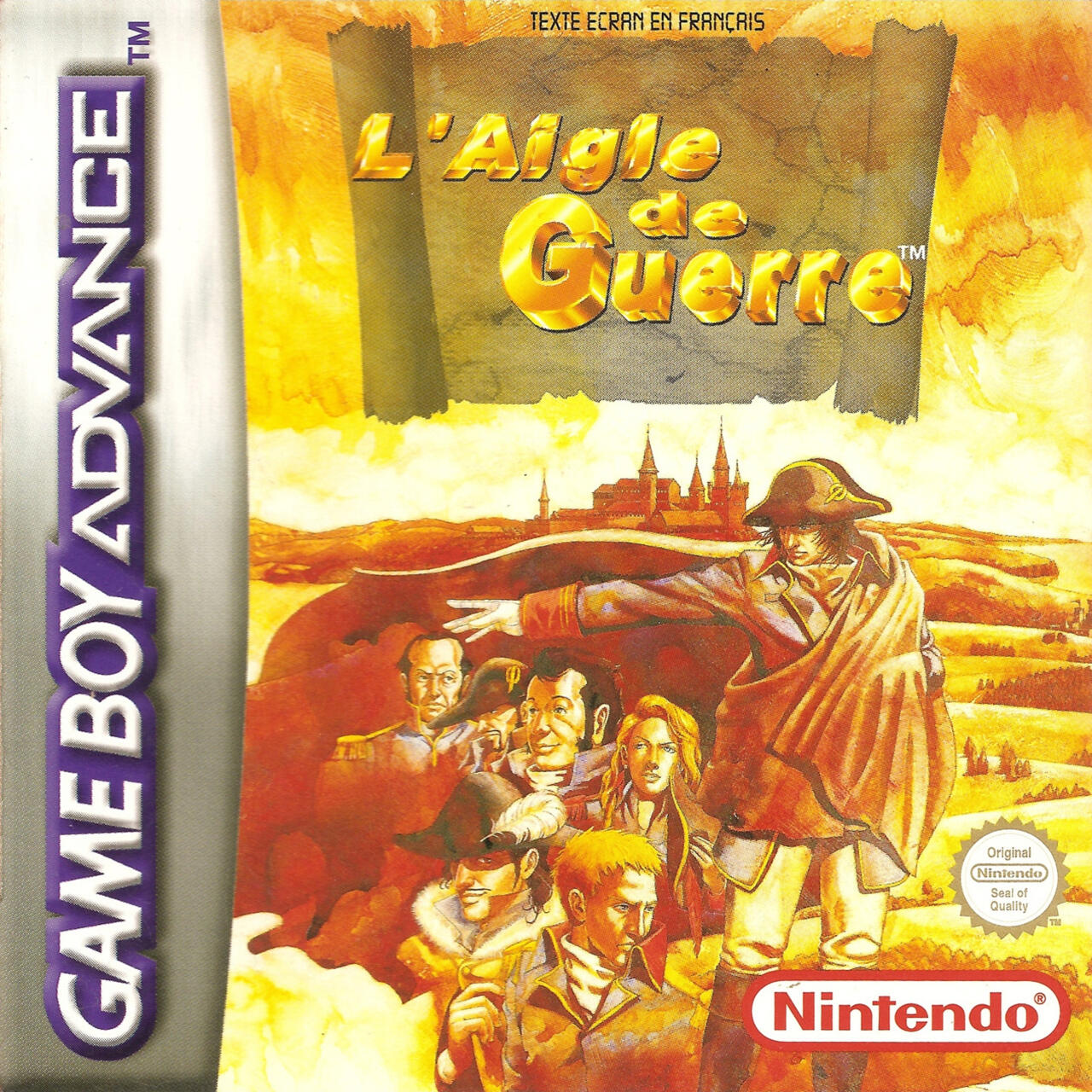
Strategy games are far and few between on the GBA. Napoleon breaks the monotony of platformers and downports of successful console games with a thoroughly unique premise. In an industry where virtuous heroes and revered leaders often dominate the limelight, Napoleon stands apart by casting players in the role of the iconic general himself.
In this alternative and fantastical history, players command Napoleon Bonaparte himself as he traverses the battlefields of Europe, embarking on a quest to conquer the English forces and unseat the nefarious Queen of England. The blend of historical elements and fantastical twists creates an intriguing and immersive experience that is, without a doubt, the pioneer and pinnacle of its genre on this platform.
Unlike the conventional floating cursors found in most real-time strategy (RTS) games, Napoleon takes an innovative approach by having players directly control the iconic general on horseback. The stakes are high, as players can fall victim to enemy attacks, resulting in defeat. The core gameplay involves orchestrating movements of various units, assigning them tasks such as guarding positions, launching attacks, or forming formations. The complexity of the game increases gradually as players unlock more diverse units, starting with infantry and gradually gaining access to canons, cavalry, and even formidable monsters.
Generals, a crucial aspect of the game, accompany Napoleon on missions. Players have the liberty to level up these generals, distributing experience evenly to maintain a well-rounded team. Each general boasts unique capabilities, from controlling monsters to boosting troops’ morale. The game’s strategic depth becomes evident as players strategically deploy troops under a general’s command, orchestrating attacks and invasions. Two special abilities – charging into battle and boosting troop morale – can be utilized once a sufficient amount of SP (special points) is accumulated.
For enthusiasts of the real-time strategy genre, Napoleon is a can’t-miss-affair. Not to mention the storyline taking extra creative liberties makes it an engagingly unique experience. Departing from the norm, Napoleon boldly ventures into uncharted territory, infusing the core RTS concept with an intriguing and slightly unconventional twist. As the genre itself has gradually faded into the background over the last decade, this game unabashedly embraces its distinctive nature, making it a true anomaly deserving attention.
4. Tomato Adventure
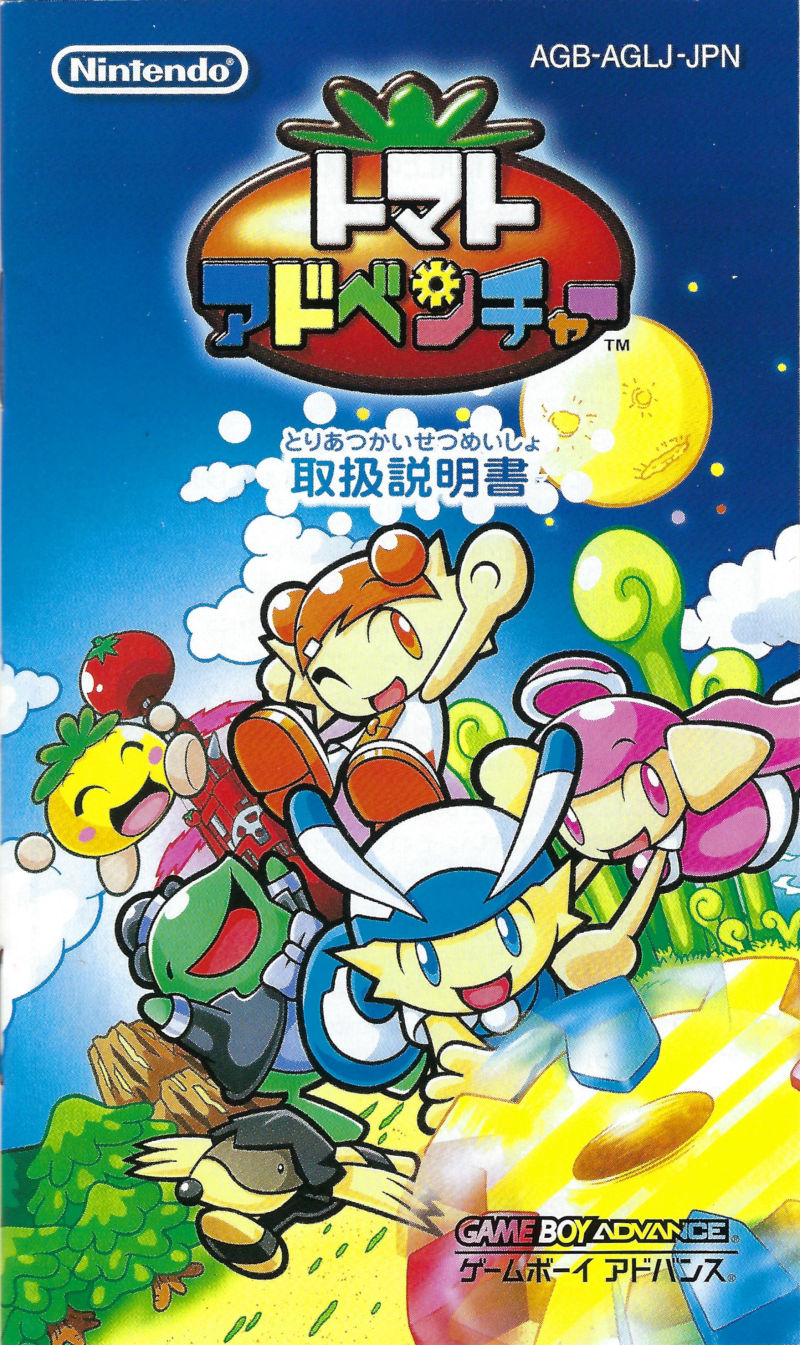
Tomato Adventure is a GBA RPG that is as charming as it is eccentric. Its captivating characteristic is its unconventional combat system. In a departure from traditional RPG mechanics, the game introduces a delightful twist—players engage in a series of mini-games reminiscent of WarioWare challenges to execute attacks. These microgames inject a refreshing level of interactivity into battles, demanding precise timing and enhancing player engagement.
The story follows a young hero on a quest to save his kidnapped girlfriend from an evil dictator and thwart his sinister plans involving a new weapon. The humor and absurdity present throughout the game create an atmosphere that is not usual in RPGs.
One of the game’s most distinctive features is its diverse array of environments. From a toy world to a mayonnaise-themed town, Tomato Adventure unapologetically embraces a variety of settings, each with its own imaginative spin. The dungeon within an art museum, where players navigate different levels of dream sleep, stands out as a particularly mind-bending segment.
Tomato Adventure took all the risk and ran away with it. Except for the fact that it did not release outside of Japan. With its offbeat combat, unusual themes, and memorable characters, this game is a must-play, even more now that it has an English translation.
3. Wi-El: World Soccer Winning Eleven
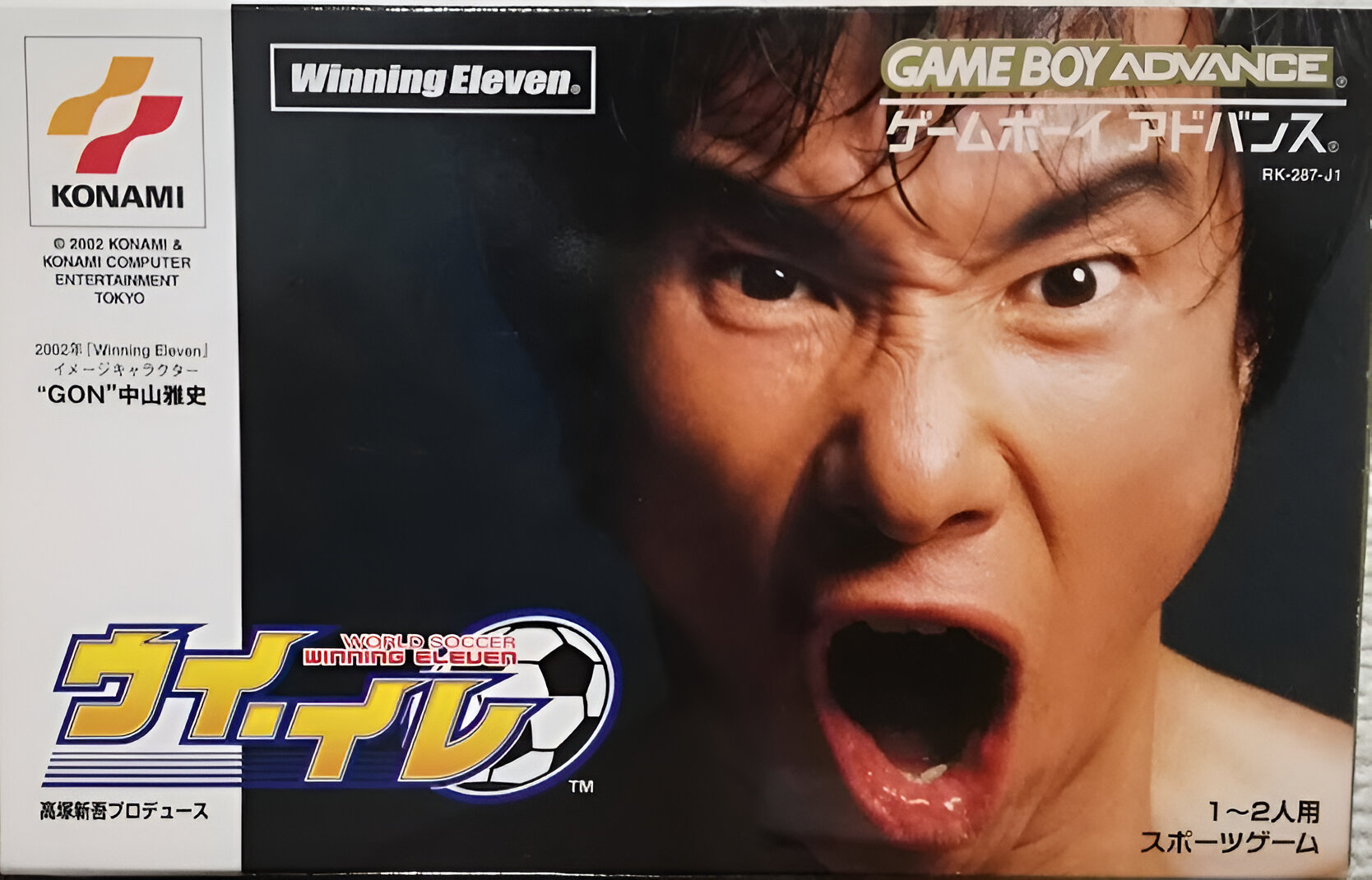
This game is the best sports game on the GBA. Unfortunately, it was never released outside of Japan. Good thing, there is already a translation patch of the game for English-speaking gamers. Yes, this is a soccer video game, but a substantial portion of the game has players navigating through menus hence decent Nihonggo skills are mandatory.
Winning Eleven on the GBA offers a range of modes that are also present on the home console versions of the game. These encompass Exhibition, League, Cup, and International modes, alongside the standout Master League, where players guide their teams to promotion and victory. While limited to 44 nations and 16 club teams exclusive to the Master League for a total of 60 teams due to its World Cup focus.
Navigating formations and substitutions can be entirely confusing without the English translation as mentioned earlier. Also, adjustable difficulty settings cater are welcoming to novices and challenging to veterans. Being a game with an almost 1:1 home console version, the controls seem difficult on the GBA, but they aren’t.
2. Mother 1+2
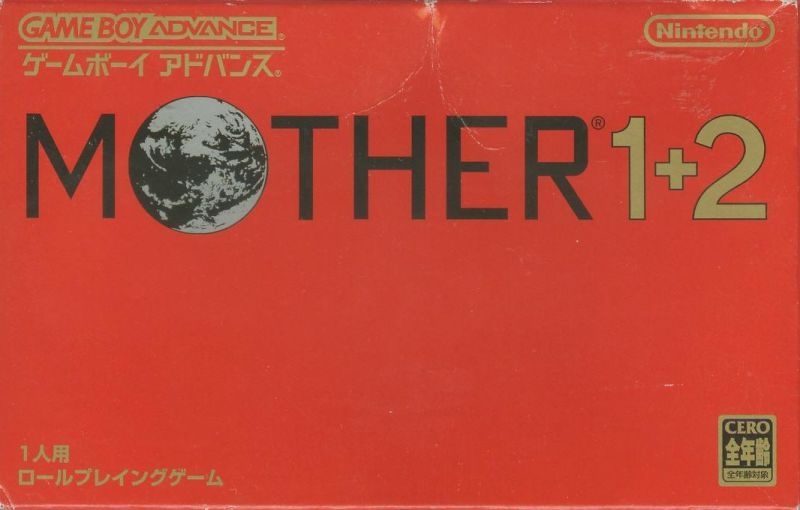
One might have come across the Mother series in one form or another, even if the titles aren’t ringing a bell. Known as EarthBound 0 and EarthBound in the USA, these games have made waves in the RPG scene, each offering its own unique experience.
Released in the late 1980s, Mother was distinct in its portrayal of the real world with real kids, as opposed to the fantasy realms with monsters prevalent in RPGs. The game’s protagonist, dressed casually and wielding unconventional weapons like baseball bats and slingshots, embarks on a unique adventure filled with humor and quirky elements. Notably, players save their progress by calling the party leader’s father and purchasing items through ATM, deviating from the norm in RPGs.
The storyline of Mother 1 follows a pattern of life forms turning hostile and attacking, evolving from snakes and crows to more bizarre enemies like alligators, hippies, and elephants. The journey leads players into a psychic world, uncovering mysteries and puzzles. Alongside the protagonist, other characters including a girl, a boy, and a gangster join the adventure, unfolding a narrative that transitions from a simple kidnapping task to an exploration of strange caves, large cities, factories, and even a gigantic robot.
In battles, players encounter a fast-paced system, reminiscent of the Dragon Quest series. The use of PSI, a psychic power system, adds a unique twist to the game’s combat mechanics. Personalization options, such as naming characters and choosing a favorite food, contribute to the game’s charm. The soundtrack, featuring vocal songs, sets a quirky and captivating tone.
Mother 2, also known as “Earthbound,” serves as a reimagined version of the original game with 16-bit graphics and additional weirdness injected into its world. The gameplay remains similar to Mother 1, with players traversing towns, solving mysteries, and engaging in battles against various creatures. The battle system introduces fixed encounters, offering visibility of enemies before engagement. Mother 2 introduces more depth in character development, specializing characters in offensive and defensive PSI skills
Mother 1 and 2 present gameplay that transcends graphics, offering a charming and captivating experience. Despite a lack of significant improvements in the re-release, the games’ allure remains intact. The unique approach to storytelling, battle mechanics, and personalization contributes to the series’ distinctiveness. It is outright impossible to play the game without an English translation since it is an RPG unless of course one is an expert in Japanese culture.
1. Mother 3
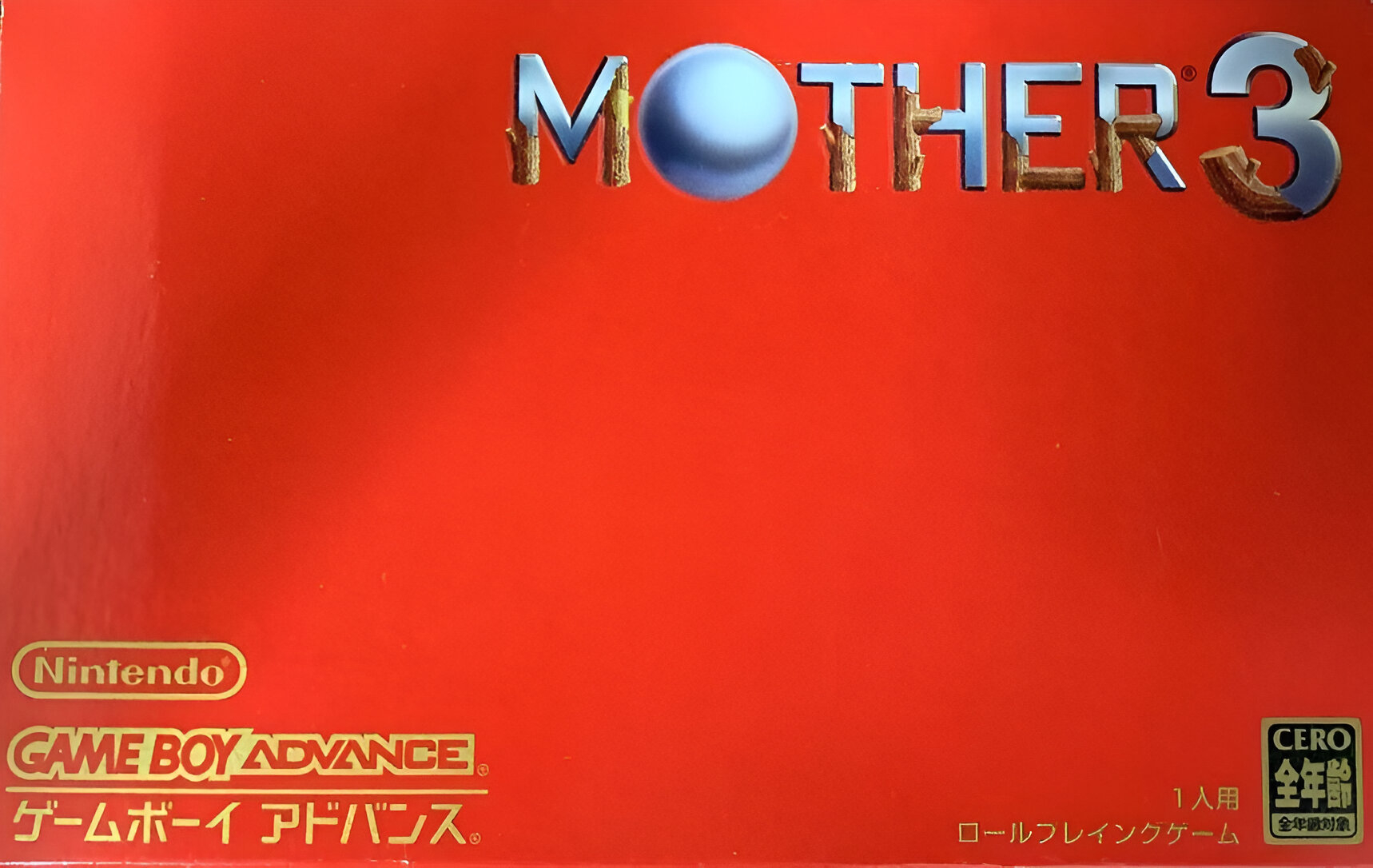
Yes, another Mother game. Mother, Earthbound, whatever they are called, are indeed great games not just because of their quirkiness but also their core gameplay.
The brilliance of Mother 3 lies in its cohesive blend of storytelling, gameplay, visuals, and music. This is a game where every element, meticulously designed and polished, fits into a larger, immersive narrative. Developed by Shigesato Itoi and brought to life by Brownie Brown, the game stands as a testament to what can be achieved when a visionary oversees every aspect of the creative process.
Rather than aiming for technical prowess, Mother 3 opts for a focus on detail. The 2D graphics showcase expressive characters and intricate animations. The environments are vivid and the battle backgrounds, although abstract, is fitting.
With an exceptional score, Mother 3 boasts not only composition brilliance but also high-quality sound. The vast variety of tracks, including character themes, location themes, and unique battle themes, keeps the player engaged. A comprehensive music player feature is a welcome bonus.
In traditional RPG style, characters form a party and navigate through different areas, engaging in conversations and battles. Mother 3 takes a unique approach by focusing on one evolving location. Exploration, conversations, and turn-based battles form the core gameplay. The battles themselves are a unique blend of strategy and rhythm, as players can score extra hits by timing button presses to the music.
The battle system introduces innovative twists. Players encounter enemies on the field, granting a choice to engage or evade them. Sneak attacks and weaker enemies fleeing offer strategic depth. The rhythm-based combo system lets players tap into additional hits during physical attacks.
Mother 3 masterfully balances dark themes with lighthearted humor. The game’s self-awareness as a videogame enhances immersion and cohesiveness. Characters like cash-dispensing frogs and rocket-rhino hybrids add a whimsical yet coherent touch to the experience.
Whether you’re an RPG enthusiast, a storytelling aficionado, or simply looking for an exceptional experience, Mother 3 stands as a masterpiece worth exploring. Its fusion of elements ensures its universal appeal. Even if you’re not typically drawn to RPGs, the game’s quality and uniqueness are that captivating.
